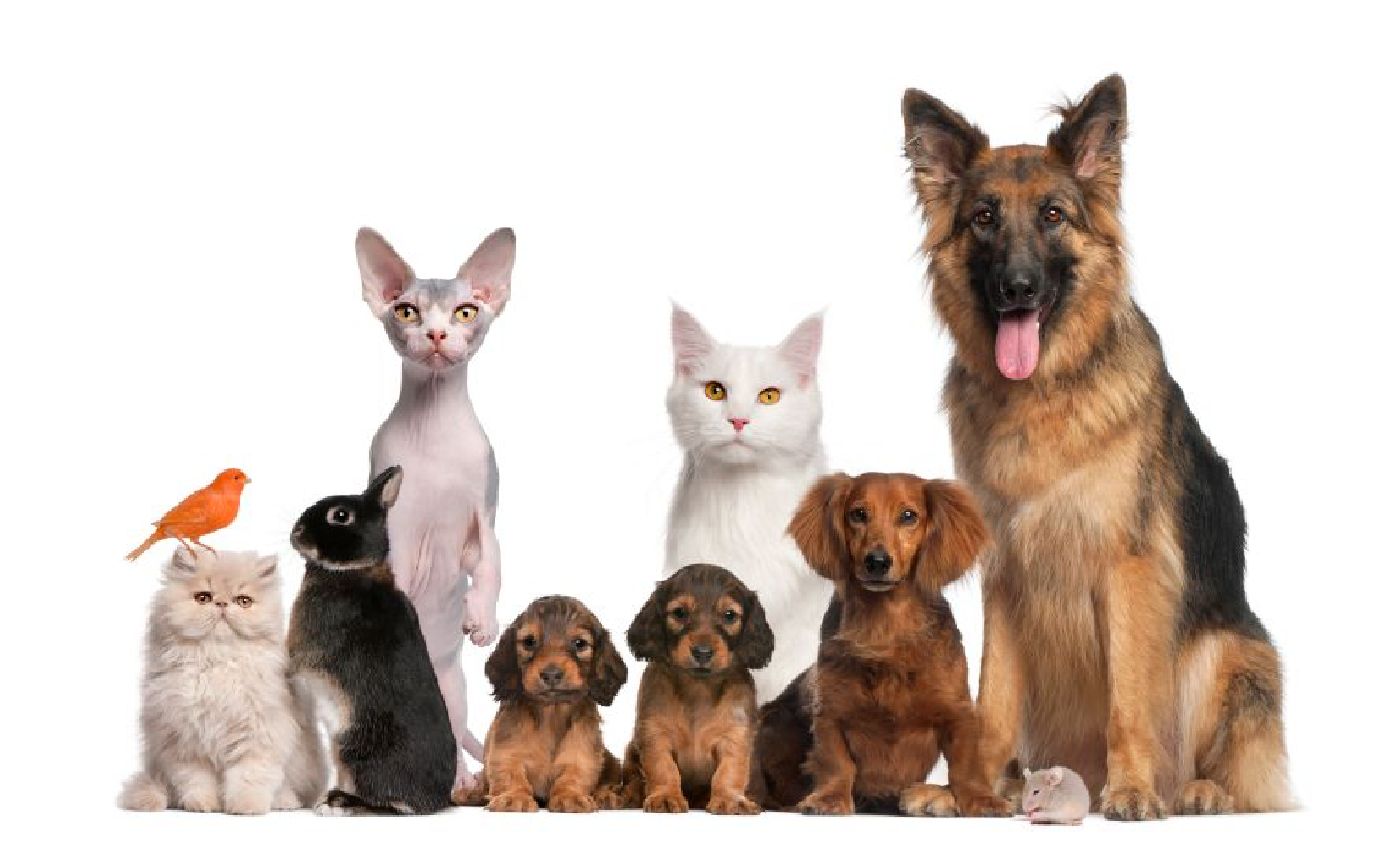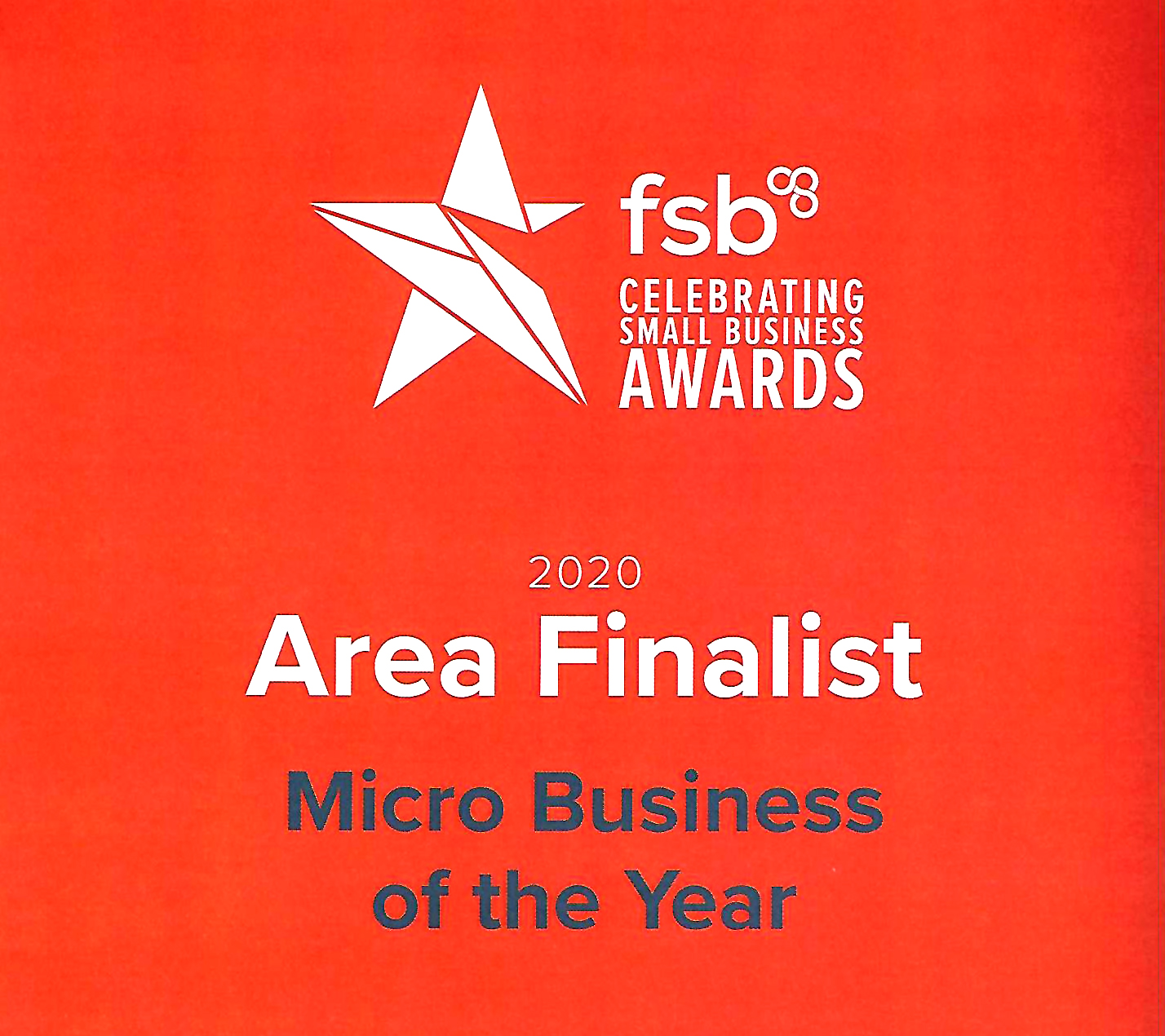
Human vs Pet influencers: which is best?
The power of influencer marketing for brands has long been understood. With 89% of marketers reporting the effectiveness of influencers to be equal or comparable to other channels, the market has seen rapid growth over the last few years.
This growth has included an increase in the number of pet influencers appearing across social media. So, if you’re a business looking to achieve the x11 return on investment influencers promise, should you choose a human or pet influencer to promote your brand?

What are pet influencers?
Pet influencers operate in a similar way to human influencers. However, rather than using their own paws or claws to type out their Instagram captions, it’s their owners that run their accounts for them.
From sharing pictures and stories about their everyday adventures to starring in ads for brands that they endorse, much of the content produced by pet influencers is similar to that of humans, just with a furry, exotic or four-legged friend at the centre.
Advantages of using pet influencers.
Pet influencers have been shown to have appeal across several global markets. From Singapore to the US, the unique characters, looks and content of pet influencers drive significant engagement, particularly amongst pet-owning millennials.
Choosing pet influencers also helps brands to stand out from the crowd. Although one human influencer may look very similar to another at first glance, no other animal will look quick the same as Grumpy Cat. So if you’re a business looking to refresh your brand or inspire your audience, then pet influencers are a great option.
Pet influencer challenges.
You might think that pet influencers are less cautious about the brands they work with, but this is not the case. Representing brands that they feel a genuine affiliation with is just as important for pet influencers as it is for their human competitors.
Plus, using pet influencers requires more creativity. For example, how will you do an ad with a pet that can’t speak? Ensuring that you work with a reputable pet influencer agency that prioritises the welfare of its clients is also essential.

What are human influencers?
Whether it’s on Instagram, YouTube or TV, human influencers are individuals who have a large following thanks to the unique content, information or experiences they share. To qualify as an influencer, someone needs to have around 1,000 followers on their social media who they’ve attracted through their talents or personality.
Advantages of using human influencers.
The human influencer space is now well-established, which means the terms, conditions and fees that you engage with them on are set and widely understood. For example, a nano-influencer is likely to charge between $10 and $100 for an Instagram post.
The return on investment of human influencers is also well-established, which means that if you need to make a business case for this marketing tactic, this might be an easier one to prove.
Human influencer challenges.
With so many human influencers out there, brands will need to do significant research to identify which ones will be most appropriate for their marketing strategy. As well as finding an influencer that’s already attracting audiences within the relevant space, brands need to ensure they share the same values and qualities as the influencer. Otherwise, this could cause a branding clash, miscommunication or inaccurate brand endorsement.
It’s also important that brands perform due diligence before engaging with a human influencer. This will ensure they don’t end up on the wrong side of advertising ethics or get caught out by controversial content that the influencer shares later down the line.

So, should you choose a human or a pet influencer?
There are benefits and challenges to choosing both human and pet influencers. However, as more brands are now discovering, pet influencers are a low-risk, high reward strategy compared to their human competitors.
One example of this is Mercedes-Benz, who switched their human influencers out for Loki the Wolfdog, who became their major marketing star. Encapsulating the values of adventure and outdoor lifestyle that the brand wanted to tap into, their collaboration boosted their vehicles’ image as being pet-friendly and suitable for any terrain.
Plus, their campaign gained significant returns, with Loki attracting a 2.51% engagement rate, compared to the 1.68% gained by Kim Kardashian.
This isn’t just a one-off experience, with industry experts saying that pet influencers engage up to ten times more than human ones. The key to this level of success is choosing the right pet influencer for your brand and audience.
Our dedicated team of experts are highly experienced, friendly and always up for the challenge of pairing the perfect pet influencer with brands. Get in touch and let’s discuss what you want to achieve, today.
































